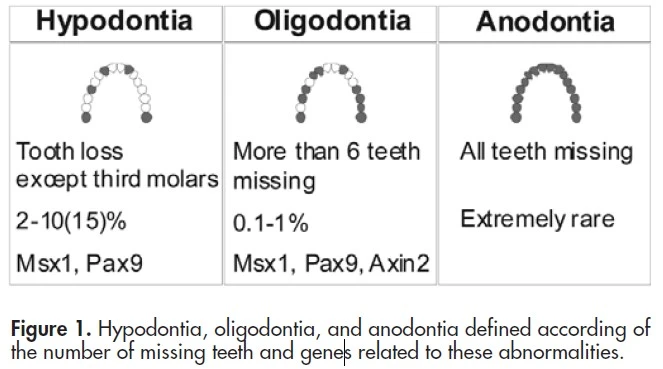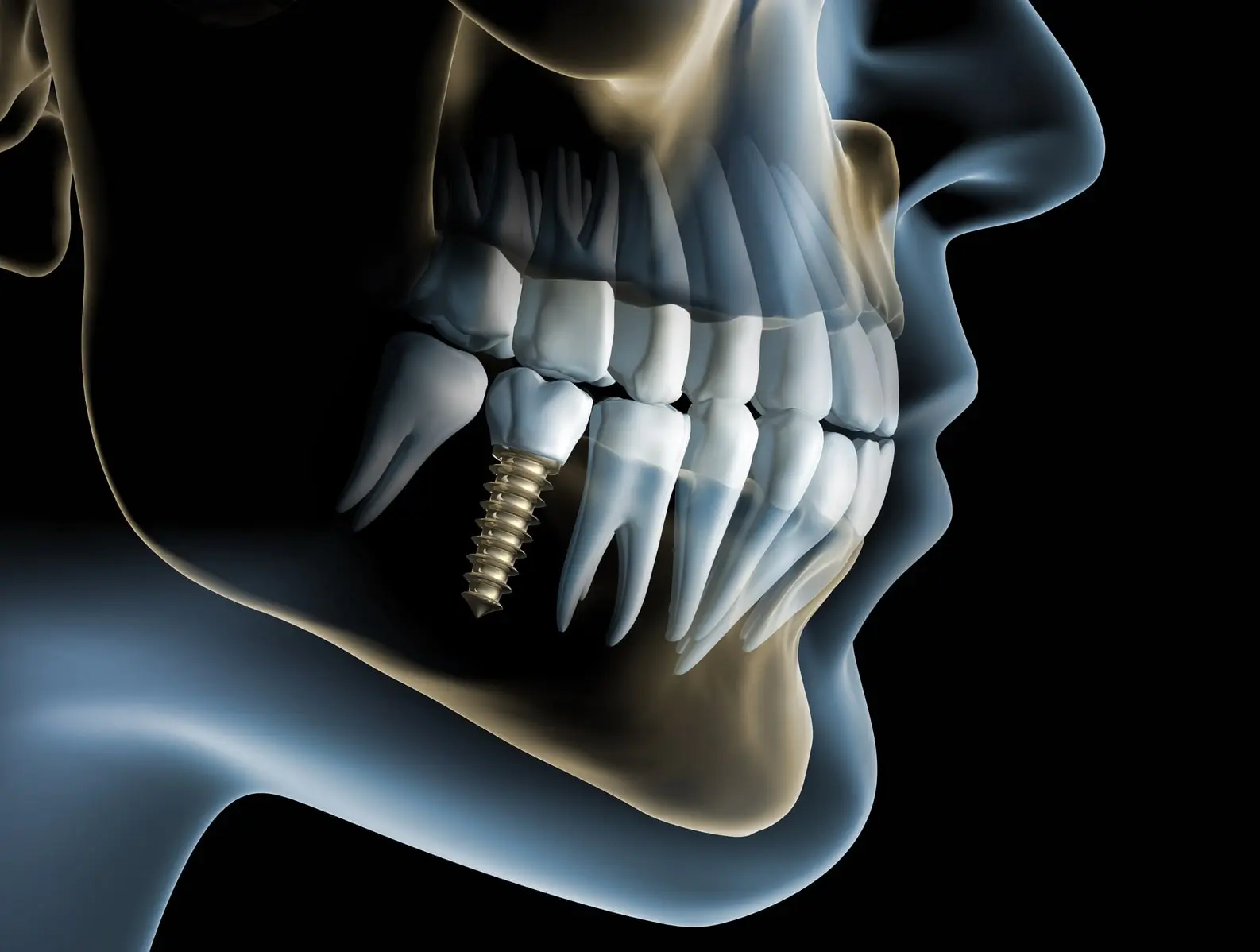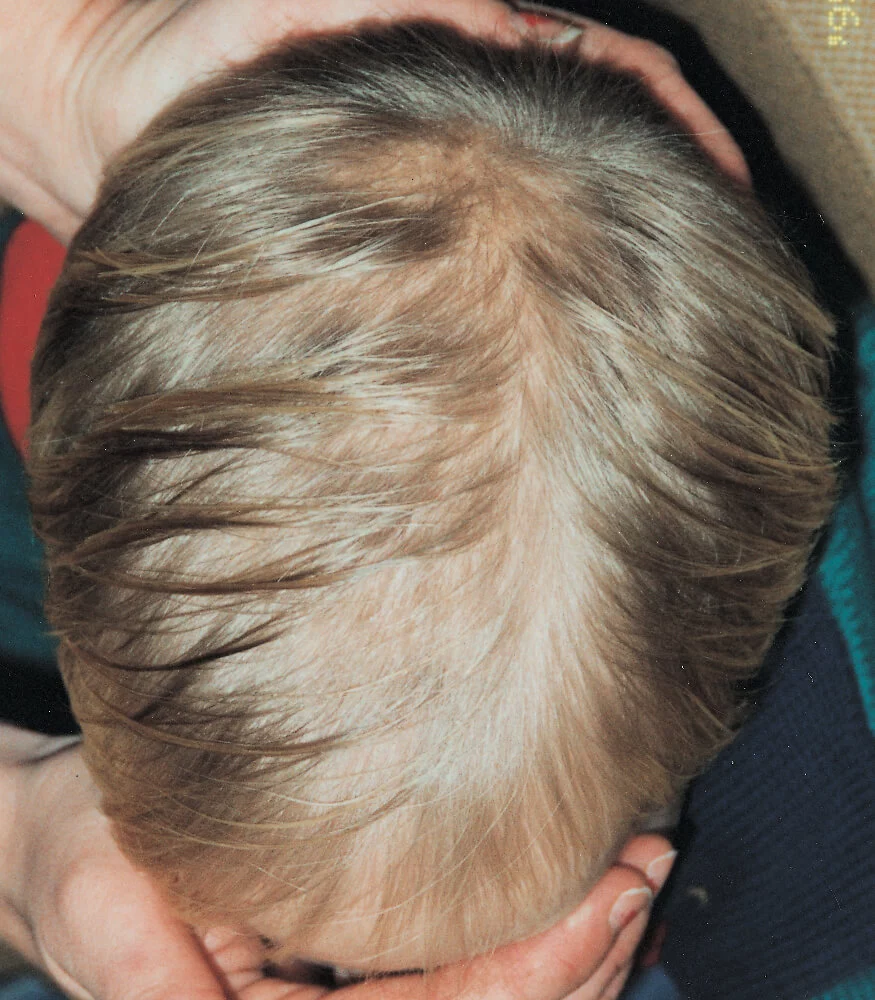Oligodontia refers to the absence of multiple teeth (more than six teeth), excluding the third molars. It...
Read MoreOligodontia | Causes, Diagnosis and Treatments
Introduction
The most prevalent developmental anomaly in humans is dental agenesis, which frequently poses a serious clinical issue, It is classified based on the number of missing permanent teeth, excluding third molars. We will discuss oligodontia in this article.
The term hypodontia refers to the absence of one or more teeth.
Oligodontia refers to the absence of multiple teeth (more than six teeth), excluding the third molars.
Anodontia is an extreme form of oligodontia in which all dental structure is absent.
In permanent dentition, the population prevalence is 0.3%.
It can occur alone, as part of a syndrome, or in more serious systemic disturbances such as ectodermal dysplasia.
If oligodontia is part of a syndrome, there are usually changes to the skin, nails, eyes, ears, or skeleton.
It is an integral part of more than 120 syndromes.

Hypodontia oligodontia and anodontia defined according of the number of missing teeth
Causes of Oligodontia
Generally, tooth agenesis may be caused by: –
- Local trauma.
- Chemotherapy.
- Radiotherapy.
- It can occur as part of a systemic genetic syndrome or as an independent oral trait linked to mutations in multiple genes.
Other Causes Include: –
- Viral disease during pregnancy.
- Metabolic imbalances.
- Developmental abnormalities.
- Environmental factors
- Autosomal dominant mutations in PAX9 and MSX1 have been found in patients with molar non-syndromic oligodontia.
The most recent gene found to be responsible for oligodontia is an autosomal recessive mutation in LTBP3, the gene that encodes latent TGF-b binding protein 3, an extracellular matrix protein thought to be necessary for osteoclast function.
Diagnosis of Oligodontia
When teeth are suspected to be missing, a clinical examination is conducted along with a panoramic radiograph (and intra-oral X-rays if needed).
Oligodontia is suggested by the delayed eruption of teeth, persistence of primary teeth, alveolar bone hypotrophy, and the presence of diastemas.
Normally, all primary teeth and the crypts of the first permanent molars are visible on radiographs at birth, and the crowns of the permanent teeth (except third molars) at 6 years of age.
A diagnosis of oligodontia is made when there are more than six missing teeth.
Treatment of Oligodontia
Persons with tooth agenesis currently have a variety of treatment options.
Generally, the replacement of lost or deficient tissues is based on drug therapies, the use of different prosthetic materials and implants, and tissue/organ transplantations.
Synthetic dental implants are a common standard procedure for replacing missing teeth, and their success has grown in recent decades.
Different fixtures, including implants, crowns, bridges, fixed or removable, complete and partial dentures, have proven to be sufficient over time.
The undesirable outcomes include a potential infection-causing failure of the implant to integrate with the bone, leading to implant loss and potential bone loss.
Implants placed in developing alveolar ridges have been shown to inhibit ridge formation.
Summary
The most prevalent developmental anomaly in humans is dental agenesis, which frequently poses a serious clinical issue.
It is classified based on the number of missing permanent teeth, excluding third molars.
Oligodontia refers to the absence of multiple teeth (more than six teeth), excluding the third molars.
If oligodontia is part of a syndrome, there are usually changes to the skin, nails, eyes, ears, or skeleton.
The most recent gene found to be responsible for oligodontia is an autosomal recessive mutation in LTBP3, the gene that encodes latent TGF-b binding protein 3, an extracellular matrix protein thought to be necessary for osteoclast function.
When teeth are suspected to be missing, a clinical examination is conducted along with a panoramic radiograph (and intra-oral X-rays if needed).
Oligodontia is suggested by the delayed eruption of teeth, persistence of primary teeth, alveolar bone hypotrophy, and the presence of diastemas.
Persons with tooth agenesis currently have a variety of treatment options.
Generally, the replacement of lost or deficient tissues is based on drug therapies, the use of different prosthetic materials and implants, and tissue/organ transplantations.
Synthetic dental implants are a common standard procedure for replacing missing teeth, and their success has grown in recent decades.
How useful was this post?
Click on a star to rate it!
Average rating 0 / 5. Vote count: 0
No votes so far! Be the first to rate this post.
I'm sorry that this post was not useful for you!
Let me improve this post!
Tell me how I can improve this post?
References
- Oligodontia: Case report and review of literature – researchgate. Retrieved December 5, 2022, from ResearchGate
- Hypodontia, Oligodontia, and Anodontia defined according of the number … (n.d.). Retrieved December 5, 2022, from ResearchGate
- Nonsyndromic Oligodontia in permanent dentition: Three rare cases. (n.d.). Retrieved December 5, 2022, from ResearchGate
- Orphanet: Oligodontia. Retrieved December 5, 2022, from Orphanet
Netherton Syndrome is a rare hereditary autosomal recessive multisystem disorder characterized by generalized erythroderma at birth or...
Read MoreRecent Posts
-
SAPHO Syndrome | Causes, Symptoms, Diagnosis & Treatments
-
Systemic Lupus Erythematosus | Causes, Symptoms & Treatments
-
Gastric Ulcers | Causes, Symptoms, Complications & Treatments
-
Wiskott-Aldrich Syndrome | Causes, Symptoms & Treatments
-
The 4 Stages of HIV Infection | Ultimate Guide
-
Good’s Syndrome | Symptoms, Causes & Treatments
-
Acquired Angioedema | Causes, Symptoms & Treatments
-
Rheumatoid Arthritis | Symptoms, Causes, Diagnosis & Treatments
-
Acute Pancreatitis | Causes, Symptoms, Diagnosis and Treatments
-
Pernicious Anemia | Causes, Symptoms, Diagnosis and Treatments
-
Sickle Cell Anemia | Causes, Symptoms, Diagnosis and Treatments
-
Aplastic Anemia | Causes, Symptoms, Diagnosis and Treatments
-
Diamond Blackfan Anemia | Causes, Diagnosis and Treatments
-
Sideroblastic Anemia | Causes, Symptoms & Treatments
-
Organic Dust Toxic Syndrome (ODTS) | Symptoms, and Treatments



